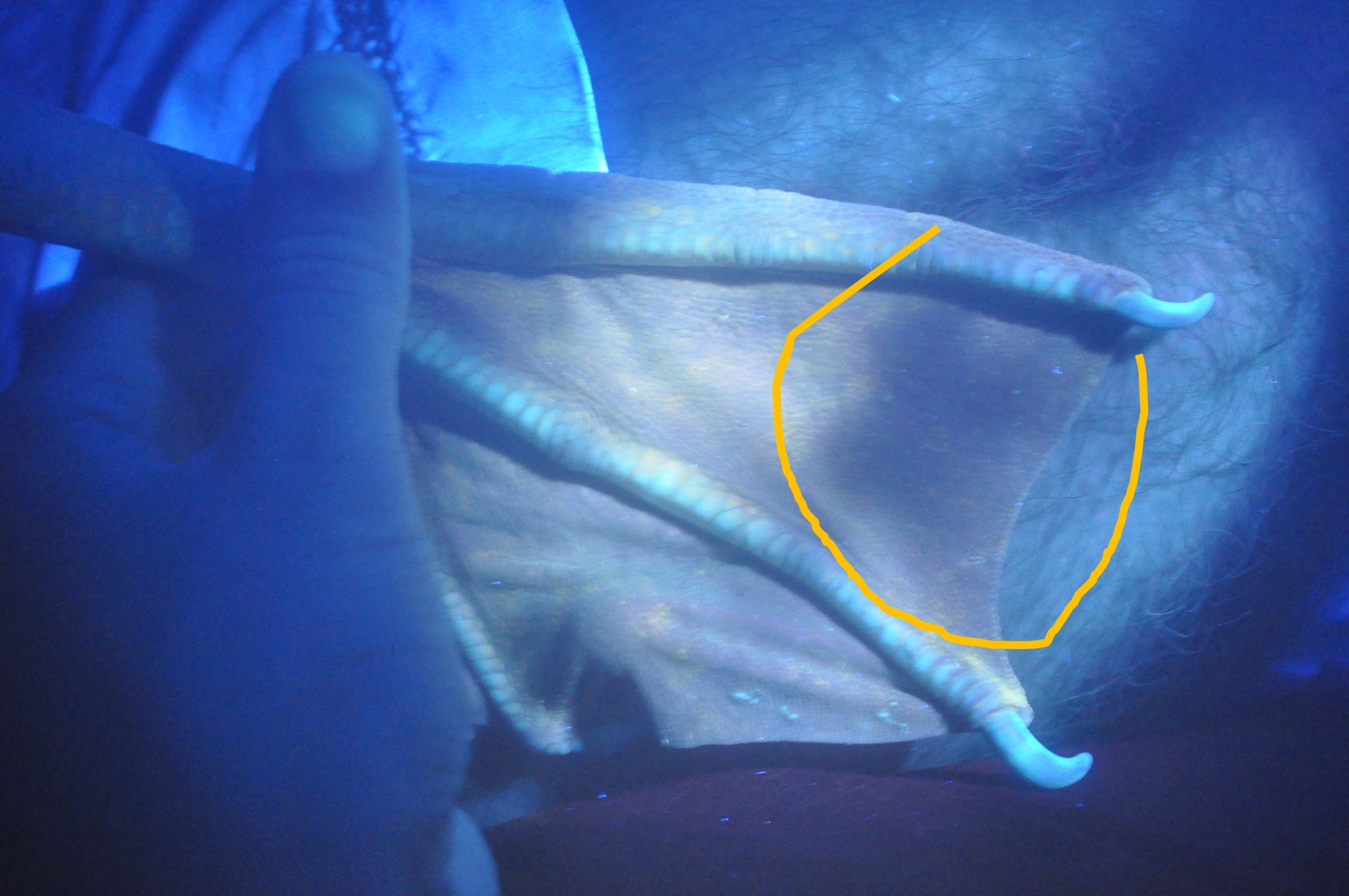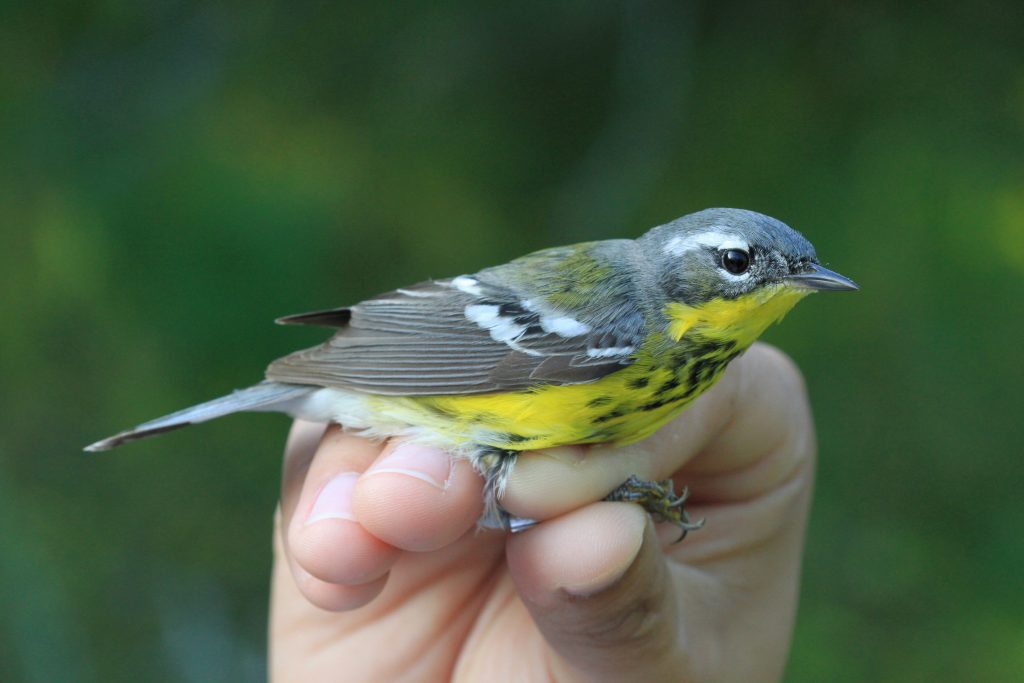
GoMAMN Newsletter: Issue 6
Greetings from the GoMAMN Coordination Committee! This is the sixth issue of the GoMAMN newsletter, which is distributed on a quarterly basis. The purpose of this newsletter is to share information about the Network and ongoing monitoring projects, along with news and opportunities relevant to our work as we collectively strive to advance bird conservation along the Gulf of Mexico.
Team Member Spotlight: Evan Adams

Evan is a quantitative ecologist at the Biodiversity Research Institute, a non-profit based out of Portland, ME that is focused on integrating science into policy-making. Evan sits on the GoMAMN Steering Committee, co-chairs the Seabirds Committee, and helps lead a post-hoc committee on data sharing and integration. Evan also co-led chapters in the recently published Strategic Bird Monitoring Guidelines.
In this interview, Evan provided us with details on his background and his perspective on avian monitoring in the Gulf. We also learn who Evan’s hero is and that he once worked with particle accelerators.
Monitoring Project Highlight: Resiliency of avian communities to hurricanes in the Gulf of Mexico
By Jacquelyn Grace
In August of 2017, Hurricane Harvey hit the Texas coast, causing widespread catastrophic flooding. Over four days, many areas received over 40 inches of rain, resulting in the deaths of 103 Texans and leaving 30,000 people displaced and 336,000 people without electricity. But the hurricane and associated flooding impacted more than just human lives and welfare. One of the goals of our research program at Texas A&M University is to understand how Harvey and other hurricanes and natural disasters impact bird communities along the Gulf of Mexico.
First, we have to ask: what do birds do during a hurricane? When a hurricane hits, humans will either fortify their homes and hunker down, or evacuate the area. We know that birds essentially do the same things: either stay in place, or leave ahead of the storm. Either of these choices can result in increased mortality of adults or young. Staying in place can result in death through direct storm impacts or destruction of foraging habitat and food sources. Leaving can result in death through the high energetic cost of flight during inclement weather, and unknown foraging potential in distant habitat. There’s no good option!
If a bird does survive a hurricane, either by leaving or staying, it then has to deal with severely altered habitat after a major storm. The extensive flooding caused by Hurricane Harvey changed stream beds, killed or changed vegetation, increased salinity of freshwater sources through storm surge, and caused build-up of vegetative and anthropogenic debris. We know relatively little about how individual birds and bird communities respond to these direct and indirect effects of natural disasters. We are particularly interested in understanding the resilience of avian communities to natural disasters. How quickly can bird communities rebound from these events?
Paper Highlight: “Oiling of American white pelicans, common loons, and northern gannets in the winter following the Deepwater Horizon (MC252) oil spill”
by J.D. Paruk, I.J. Stenhouse, B.J. Sigel, E.M. Adams, W.A. Montevecchi, D.C. Evers, A.T. Gilbert, M. Duron, D. Long IV, J. Hemming, and P. Tuttle

Key Takeaway Points:
- Despite sampling occurring 9-11 months after the initial blowout of Deepwater Horizon, oil exposure was observed on American White Pelicans, Common Loons, and Northern Gannets. Exposure rates varied from 7-24% and most birds had trace amounts of exposure.
- These results are underestimates of the true exposure rates as birds with high exposure likely died before these surveys and oil exposure could be difficult to detect on species with complex molt patterns.
- By using oil exposure mortality estimates determined by an expert panel, this study estimates that the total mortality experiences by these populations range from 1-10% of sample. These numbers are certainly underestimates of the total mortality during the entire spill but are likely reasonable for species exposed long after the initial spill.
News
LA TIG Initiates Restoration Plan #7: Wetlands, Coastal, and Nearshore Habitats, and Birds
Alabama acquires gateway to Weeks Bay for conservation
News Roundup: 10 years after the Deepwater Horizon oil spill
Statement from the Natural Resources Damage Assessment Trustee Council
NASEM: Remembering Deepwater Horizon, 10 years later (video)
Ten years later, Gulf birds still face mounting threats
CPRA: Deepwater Horizon 10 year Anniversary
Events
State of the Coast Conference
Postponed, check the State of the Coast website for updates and additional information
Capitol Hill Oceans Week
VIRTUAL, June 9, 2020
GOMA All Hands Meeting
Cancelled; Embrace the Gulf Gala is currently postponed. The tools cafe will happen virtually via a series of webinars. Check the GOMA website for updates and additional information.
2020 Annual Gulf Coast Land Conservation Conference
Sept 14 – 16, 2020, Gulfport, MS
Opportunities
USDA Conservation Innovation Grants
proposal deadline: June 29, 2020
Mohamed Bin Zayed Species Conservation Fund
proposal submission deadline: June 30, 2020
NAWCA grant proposals
next deadline: July 10, 2020
Did you know?
How can you tell how old a hummingbird is?
If you have one in hand, look at the amount of corrugations on the bill. As the bird gets older, the corrugations fade.
For more information contact Randy Wilson or Rachel Kirpes

